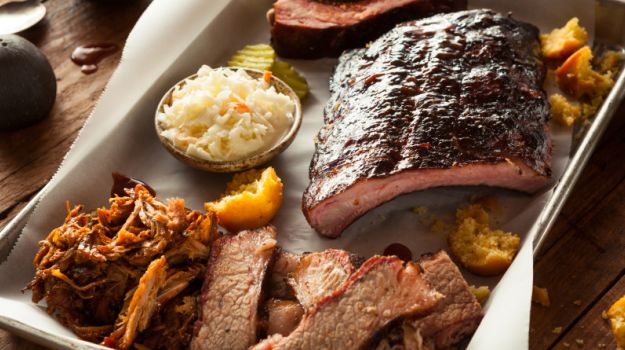
Designer Stella McCartney unveils mycelium-based clothingBy Emily ChungA
model wears clothing unveiled by British designer Stella McCartney on
March 18, 2021. It's made with Mylo, a leather substitute grown from
fungi, which can be treated to have different leather-like colours and
textures. (Bolt Threads)This
past week, British fashion designer Stella McCartney unveiled a black
"leather" bustier...















